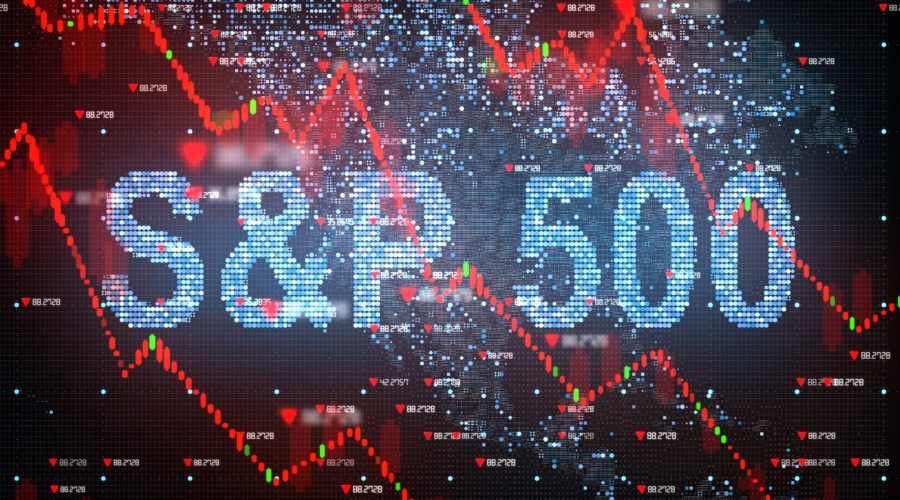
These have been 2022’s monthly returns in the S&P 500:
- January -5.2%
- February -3.0%
- March +3.7%
- April -8.7%
- May +0.2%
- June -8.3%
- July +9.2%
There have been three months this year when the market fell by -5% or more, that didn’t happen once in 2021 and we saw it twice in 2020. There were zero -5% or worse months in all of 2017, 2016, 2014, or 2013. Down -5% months do not happen very often, however, they are not out of the ordinary. Over the past 96 years, on average, the stock market is down -5% or worse in a month about once a year. The last time we had this much month-to-month volatility was 2008 when the market fell more than -5% in five different months. There have also been monthly gains of nearly +4% and more than +9% this year. I would say this is “normal” during periods of heightened volatility, as things begin to cluster during downtrends.
For example, during the European debt crisis of 2010, the S&P 500 saw monthly losses of -3.6%, -8.0%, -5.2%, and -4.5%. But there were also monthly gains of +3.1%, +6.0%, +7.0%, +8.9% and +3.8%. 2020 experienced monthly losses of -8.2%, -12.4%, -3.8% and -2.7%. But those losses were mixed in with monthly gains of +12.8%, +4.8%, +2.0%, +5.6% +7.2%, +11.0% and +3.8%. Reaching further back into the history books, 1932 may have some of the choppiest waters we have ever seen:
- January -2.7%
- February +5.7%
- March -11.6%
- April -20.0%
- May -22.0%
- June -0.2%
- July +38.2%
- August +38.7%
- September -3.5%
- October -13.5%
- November -4.2%
- December +5.7%
Half of all monthly returns are in double-digit territory. From March through June, the stock market lost 45% of its value. Then in July and August alone, the market rose 92%. There is no telling how people would react to such swings, I am sure the news outlets and social media would be completely out of control. Dating back to 1926, the S&P 500 is positive in roughly 63% of all months, meaning it’s negative in 37% of monthly returns. Although that would be an incredible batting average, at the end of the day, there is still plenty of room for error.
When you visit Disney World, you experience long lines, crowds of people, sore feet from all the walking, subpar food, and outrageous ticket prices that seem to defy the laws of inflation each year. The trade-off is being able to create wonderful memories with your family, some good beer at Epcot, a handful of good rollercoasters, ear-to-ear smiles for your kids, and a family photo or fifty you can look back on fondly for years to come. The cost of doing business in the stock market can be extremely unnerving volatility, a lumpy return stream along with the pain and anguish that are brought about when you witness a chunk of your life savings evaporate before your eyes. The trade-off is long-term returns above the rate of inflation, compounding that can earn you multiples of your initial investment and the greatest wealth-building machine ever created.
